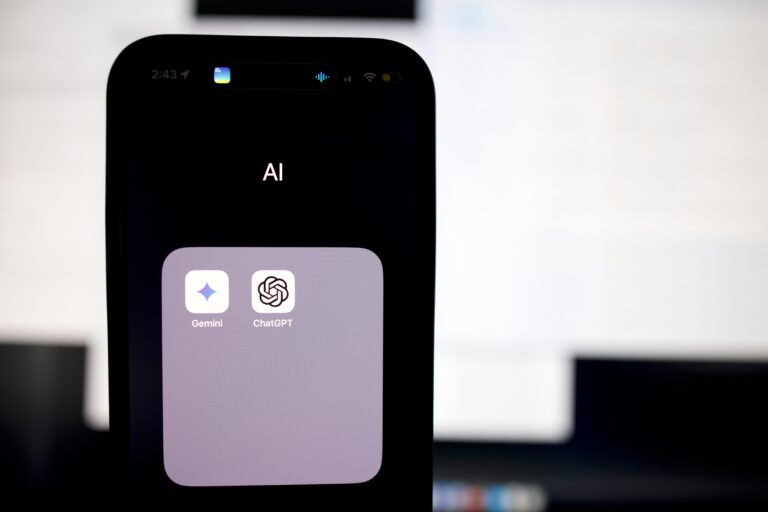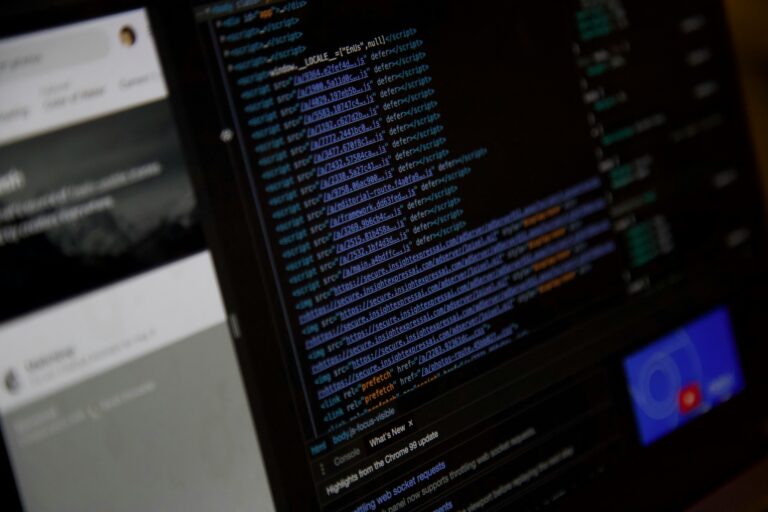People are increasingly looking to artificial intelligence to create new pathways that can help train and support teachers. Yet the gold standard for enhancing teacher professional learning (PL) – and thereby improving learning outcomes for students – is perhaps best exemplified by a strong commitment to explore and promote PL innovation and best practices. In a Q & A with 5 Questions, Stacey Alicea, Executive Director of the Research Partnership for Professional Learning (RPPL), shares her thoughts on the value of RPPL now and its potential to improve the field of education PL in the future.
What Is RPPL?
Guaranteeing every student has access to a great education only happens when teachers have the learning, training, and support they need.

The Research Partnership for Professional Learning (RPPL) is a one-of-a-kind collaborative uniting professional learning organizations, researchers, and school leaders to develop research-backed PL that improves student outcomes.
We are committed to advancing educational equity for every student, including students who are Black, Latine, Indigenous, AAPI, Multilingual Learners, students with disabilities, and students experiencing poverty. As a collective of PL practitioners, researchers, educators, and funders, we study teacher and educator learning. Our goal is to identify, share, and enact PL that improves teachers’ instructional practices and students’ classroom experiences, well-being, and academic growth.
We envision a world where all students and educators are valued, supported, engaged, and thriving in equitable, rigorous, and joyful learning environments that prepare them to be successful lifelong learners.
Why Is RPPL Important?
Ensuring every student, especially those underserved by our education system, has access to an education that meets their individual needs and prepares them for the future starts with guaranteeing every teacher has access to high-quality professional learning opportunities.
As teachers face low morale, staffing shortages, lingering effects of the pandemic, and more, effective PL ensures teachers feel supported and valued, helps them hone their craft, and allows them to deliver for their students.
Professional learning research unlocks the knowledge PL providers need to design effective, adaptable models that allow every teacher to meet the needs of every student. The U.S. invests ~$18 billion annually in PL; we maximize this funding for students when we understand what PL models improve their outcomes, why they do, and for which students they work.
The U.S. invests ~$18 billion annually in PL; we maximize this funding for students when we understand what PL models improve their outcomes, why they do, and for which students they work.
What's Been the Biggest Surprise So Far?
The consistent, unwavering appetite and critical need for what we are doing at RPPL!
From 70+ affiliates now in our network, to a growing group of researchers involved in RPPL research studies, to weekly conversations with states and districts who want to partner with us, we continue to see firsthand the appetite that exists in the field for a shared ecosystem that supports rigorous research around teacher professional learning. In December, RPPL convened over 50 attendees from 29 organizations for a day of learning and discussion on the future of PL and the crucial role that cross-field collaboration will play in setting a standard for excellent and equitable PL across the country.
We are seeing increasing demand for RPPL to play not only a key role in compiling learning from the ecosystem of organizations doing this work, but also in directly supporting ecosystem development needed to enable our collective learning.
How Is RPPL Impacting Professional Learning?
We are the go-to resource for the most up-to-date, evidence-based information on what works in educator and teacher PL. We have a vibrant and diverse community of PL organizations, states/districts, researchers, other intermediary organizations, and funders built around a shared commitment to research and learning as a vehicle for achieving educational equity. Our community, and educators and practitioners in the field more broadly, are able to access and apply our resources to understand what research says about PL design and turn those learnings into shifts in their practice.
Above all, we are seeing impactful changes in teacher practices and equitable instruction in classrooms across the country where RPPL’s network of PL organizations and district partners are applying RPPL research best practices to shift their PL models toward what we know works for educators and students!
Ensuring every student, especially those underserved by our education system, has access to an education that meets their individual needs and prepares them for the future starts with guaranteeing every teacher has access to high-quality professional learning opportunities.
What Else Should People Know?
In addition to conducting research, RPPL is sharing learning – both our own and that of our network – regularly. We have three practical briefs – on dispelling the myths about PL, on building better PL, and on measuring PL – that are being used widely in the field.




